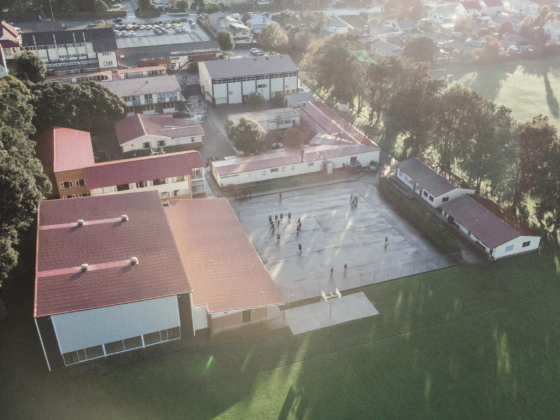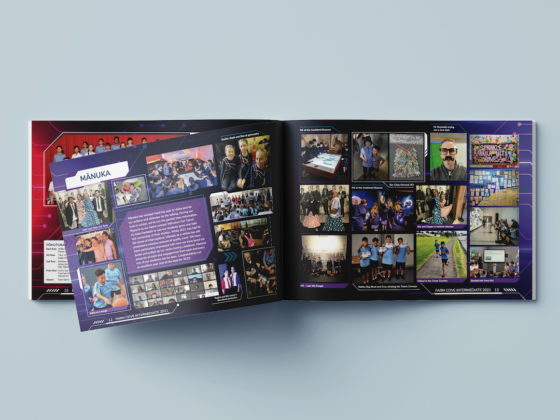A school website serves lots of functions. It’s a place for information and updates for your community and also a place to market your school. But if your website isn’t optimised for search engines, you may not reach as many prospective students as you’d like to.
Good SEO doesn’t need to be difficult, and there are some simple things to put in place that can make all the difference! Here are some quick tips to help your school website rank well to increase your web traffic.
1. Create Clear Headings
A good rule to remember is that websites that are accessible are often SEO friendly as well. Headings and subheadings are key for vision-impaired visitors as they help screen readers navigate the page. In the same way, these titles also tell search engines what your webpage is all about.
That’s why your headings should include standard terms and keywords. Clear, descriptive titles ensure your webpage appears high in the search results of people looking for content like yours.
2. Important Info First
Your website visitors shouldn’t need to scroll far down the page to find what they want. Instead, the most relevant information should be front and centre. This method keeps your communications clear and your audience engaged. Having the best information at the top of the page can also help with organic traffic. The first few sentences may appear on a search engine preview, so it needs to entice!
3. Quality Content
The best path to SEO success is through original, high-quality content. Each webpage is a chance for you to write about a different topic and include new keywords. Although your writing should be succinct, don’t shy away from longer paragraphs where necessary. Longer web copy and articles tend to rank well for SEO as there are more opportunities to naturally weave in the words that people are searching for.
4. Use Image Alt Tags
An alt tag is a written descriptor that appears when a webpage image fails to load. Alt tags are vital for vision-impaired visitors as screen readers are then able to describe the image. Alt tags are also an important SEO tool, as they help search engines understand what is on the page. That’s why it’s good to use images that tie into your page topic, with alt tags that include your keywords.
5. Make It Accessible
One of the ways search engines rank your website is by how quick it is to load. A simple way to increase your speed and ranking is to optimise your images and video. Make sure your visual content is sized correctly and compressed to reduce the file size.
A high bounce rate will affect your SEO score, so ensure your site is easy to use. Test it across different platforms and ensure it is optimised for mobile so people don’t leave before finding what they came for!



